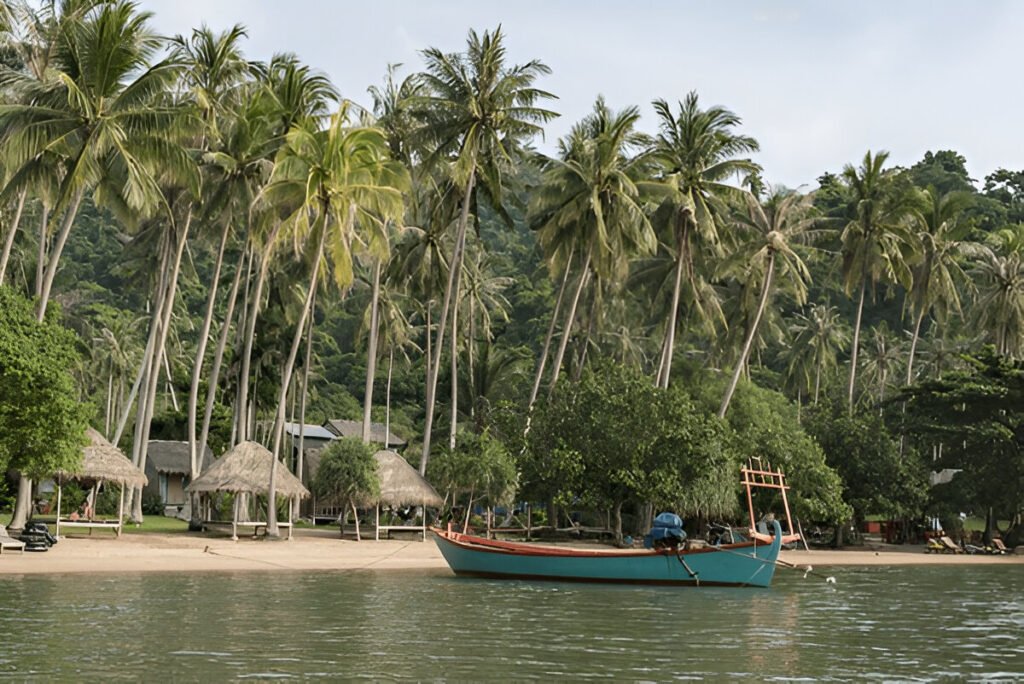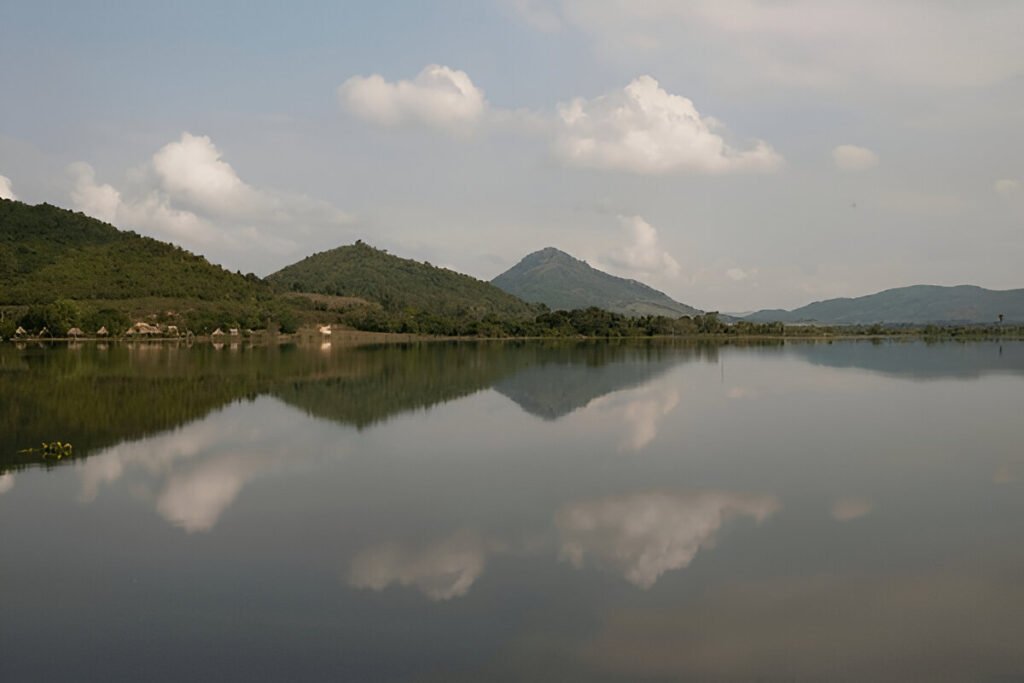Introduction:
Nestled amidst the towering cedar trees on the mystical mountain plateau of Koyasan, a journey to the spiritual heartland of Japan promises a serene and enriching experience. This UNESCO World Heritage site, located in the Wakayama prefecture, is the epicentre of Shingon Buddhism and is renowned for its sacred temples and graveyards. The tranquil ambiance, coupled with the ancient architecture and spiritual significance, makes Koyasan a must-visit destination on any trip to Japan.
Discovering Koyasan: Journey to Japan’s Spiritual Heartland
Established in 816 AD by Kobo Daishi, one of Japan’s most significant religious figures, Koyasan serves as a spiritual retreat and pilgrimage site for devout Buddhists. The town is home to 117 temples, many of which offer lodgings known as shukubo, where visitors can experience monastic lifestyle, meditation sessions, and traditional vegetarian Buddhist cuisine, shojin ryori. Strolling through the temple village, one can feel the profound sense of spirituality, as if time has slowed down, providing a respite from the bustling city life.
At the heart of Koyasan is the Kongobu-ji Temple, the main temple of Shingon Buddhism, known for its elegant sliding screen paintings and Japan’s largest rock garden, the Banryutei. The temple complex gives a glimpse into the austere aesthetics of Japanese Buddhism, with its meticulously maintained gardens, traditional tea rooms, and serene meditation halls. A walk around the temple grounds offers a unique insight into the deep spirituality that permeates the mountain town.
Sacred Temples and Graveyards: The Mystical Mysteries of Koyasan
One of the most hauntingly beautiful places on Koyasan is Okunoin, Japan’s largest graveyard. This two-kilometre forested path is lined with centuries-old cedar trees and over 200,000 tombstones, monuments, and memorial pagodas. It leads to the mausoleum of Kobo Daishi, who is believed to be in eternal meditation since 835 AD. A nocturnal tour of Okunoin, under the soft illumination of stone lanterns, is a mesmerizing experience, filled with deep reverence and peace.
Further into the mountain town, visitors can find Daimon Gate, the traditional entrance to Koyasan. This massive wooden gate, guarded by two wrathful deities, sets the spiritual tone for the journey ahead. Another must-visit is the Garan, the central temple complex, famous for its Great Stupa, which houses important Buddhist relics.
Description of the Attraction:
Stepping into Koyasan feels like entering another world. The dense forest, with its towering cedar trees, creates an enchanting canopy, providing a serene backdrop to the ancient temples. The mystical energy of the place is palpable, as the scent of incense wafts through the air and the hypnotic chants of monks echo through the valley. Each temple, with its distinct architecture and tranquil gardens, tells a tale of its own, steeped in centuries of spiritual practices.
The local culture is deeply intertwined with Shingon Buddhism, as seen in the daily rituals, cuisine, and artwork. Visitors can participate in morning prayers, learn about the sacred art of calligraphy, or enjoy a meal of shojin ryori, providing a firsthand experience of the monastic lifestyle.
Things to Do:
Besides temple hopping, visitors can take a walk along the pilgrimage trails, lined with centuries-old Jizo statues, or participate in a meditation session. Joining the morning prayers at one of the temples offers a profound spiritual experience. A visit to the Reihokan Museum is recommended for its collection of religious artifacts, including ancient scriptures and statues. One can also attend a Goma fire ritual, an ancient Buddhist practice believed to purify the mind and body.
Local Tips:
The best time to visit Koyasan is during the spring (March to May) or autumn (September to November) when the weather is pleasant, and the mountain town is adorned in vibrant colours. Dress conservatively, respecting the religious significance of the place. It’s advisable to carry a translation app or phrasebook as English is not widely spoken.
How to Get There:
Koyasan can be reached by train from major cities like Osaka or Kyoto, followed by a cable car ride. From the cable car station, buses are available to various attractions. The journey takes about 2-3 hours. Several tour companies also offer guided day trips or overnight stays, which include temple lodgings and meals.
Nearby Attractions:
After exploring Koyasan, visitors can head to the coastal city of Wakayama, known for its castle and fresh seafood. The Kumano Kodo pilgrimage trails, a UNESCO World Heritage site, offer stunning hiking opportunities.
Conclusion:
A journey to Koyasan is more than just a holiday; it is a spiritual voyage into the heart of Japanese culture and history. The ancient temples, the mystical graveyards, the profound rituals, and the serene ambiance create an unforgettable experience. So, pack your bags and embark on this spiritual journey, immersing yourself in the tranquility and spirituality of Koyasan.





